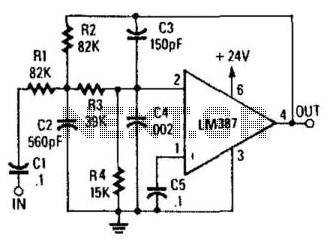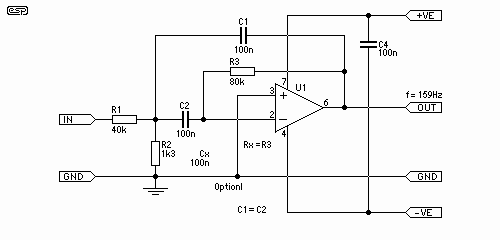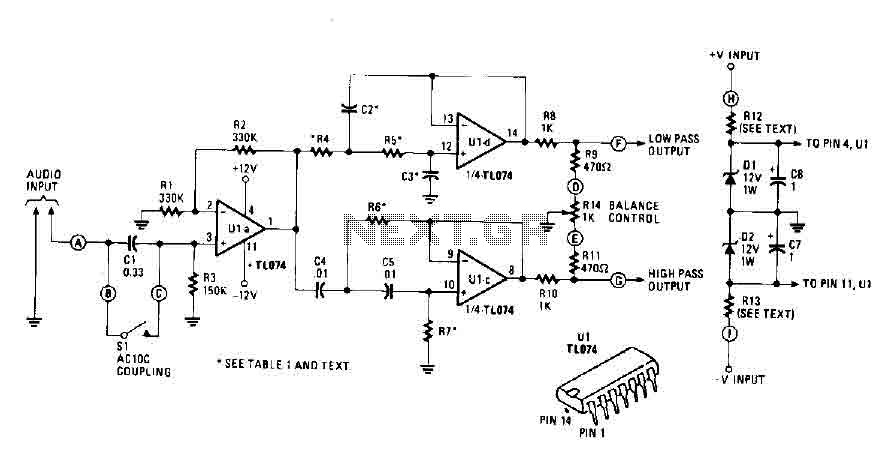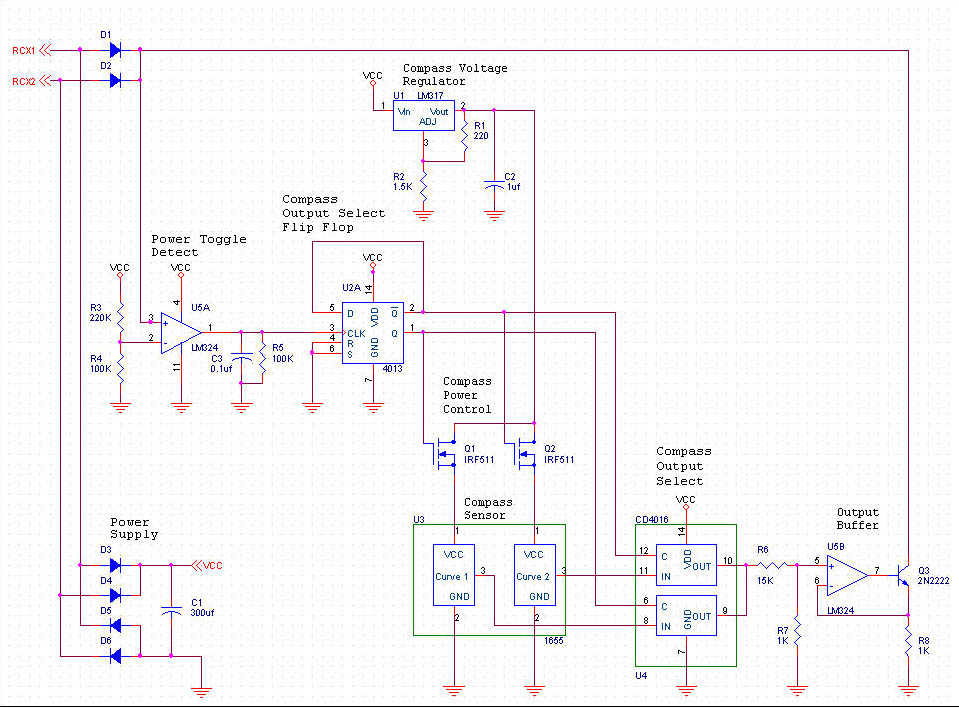
The Active Band Pass Filter
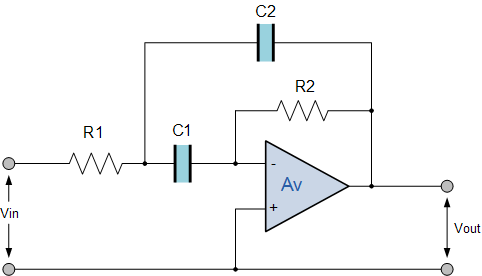
Electronics tutorial about active band-pass filters, including band-pass filter frequency response, its resonant frequency, and second-order response.
Active band-pass filters are essential components in various electronic applications, particularly in signal processing, audio engineering, and communications. These filters are designed to allow signals within a specific frequency range to pass while attenuating frequencies outside this range. The key parameters that characterize an active band-pass filter include its frequency response, resonant frequency, and order of the filter.
The frequency response of a band-pass filter is defined by its ability to transmit signals at frequencies between its lower and upper cutoff frequencies. This response is typically represented graphically, showing the gain of the filter across a range of frequencies. The resonant frequency, often denoted as \( f_0 \), is the frequency at which the filter exhibits maximum gain. It is critical in determining the filter's effectiveness in selecting desired frequencies.
In the context of second-order band-pass filters, the design typically involves the use of operational amplifiers (op-amps) to enhance performance. A second-order filter provides a steeper roll-off compared to first-order filters, resulting in better attenuation of unwanted frequencies. The design may utilize various configurations, including Sallen-Key or multiple feedback topologies, to achieve the desired frequency characteristics.
When designing an active band-pass filter, selecting the appropriate component values (resistors, capacitors, and op-amps) is essential for achieving the desired resonant frequency and bandwidth. The quality factor (Q factor) of the filter, which indicates how selective the filter is, can also be influenced by the choice of components. A higher Q factor results in a narrower bandwidth, which is ideal for applications requiring precise frequency selection.
In summary, active band-pass filters are crucial for applications that require the isolation of specific frequency bands. Understanding their frequency response, resonant frequency, and the implications of filter order is vital for engineers designing effective filtering solutions in various electronic systems.Electronics Tutorial about Active Band Pass Filter including Band Pass Filter Frequency Response, its Resonant Frequency and Second Order Response.. 🔗 External reference
Active band-pass filters are essential components in various electronic applications, particularly in signal processing, audio engineering, and communications. These filters are designed to allow signals within a specific frequency range to pass while attenuating frequencies outside this range. The key parameters that characterize an active band-pass filter include its frequency response, resonant frequency, and order of the filter.
The frequency response of a band-pass filter is defined by its ability to transmit signals at frequencies between its lower and upper cutoff frequencies. This response is typically represented graphically, showing the gain of the filter across a range of frequencies. The resonant frequency, often denoted as \( f_0 \), is the frequency at which the filter exhibits maximum gain. It is critical in determining the filter's effectiveness in selecting desired frequencies.
In the context of second-order band-pass filters, the design typically involves the use of operational amplifiers (op-amps) to enhance performance. A second-order filter provides a steeper roll-off compared to first-order filters, resulting in better attenuation of unwanted frequencies. The design may utilize various configurations, including Sallen-Key or multiple feedback topologies, to achieve the desired frequency characteristics.
When designing an active band-pass filter, selecting the appropriate component values (resistors, capacitors, and op-amps) is essential for achieving the desired resonant frequency and bandwidth. The quality factor (Q factor) of the filter, which indicates how selective the filter is, can also be influenced by the choice of components. A higher Q factor results in a narrower bandwidth, which is ideal for applications requiring precise frequency selection.
In summary, active band-pass filters are crucial for applications that require the isolation of specific frequency bands. Understanding their frequency response, resonant frequency, and the implications of filter order is vital for engineers designing effective filtering solutions in various electronic systems.Electronics Tutorial about Active Band Pass Filter including Band Pass Filter Frequency Response, its Resonant Frequency and Second Order Response.. 🔗 External reference
